RIYADH: Artificial intelligence, digital economy, and digital metaverses may be terms the average technology aficionado expects to hear at a conference in Seoul or Silicon Valley. This week, however, all things tech will be the talk of the town in the Saudi capital, Riyadh.
From Feb. 6 to 9, over 100,000 tech innovators and leading experts will gather for the second LEAP conference, a global platform for tech professionals from around the world.
Held alongside LEAP will be DeepFest, the inaugural AI event powered by the Saudi Authority for Data and Artificial Intelligence. Both events demonstrate the Kingdom’s aim to take its place among the world’s most technologically advanced nations.
The Kingdom is projected to spend over $24 billion on various technologies by 2025 — the highest in the world, according to the Saudi Press Agency.
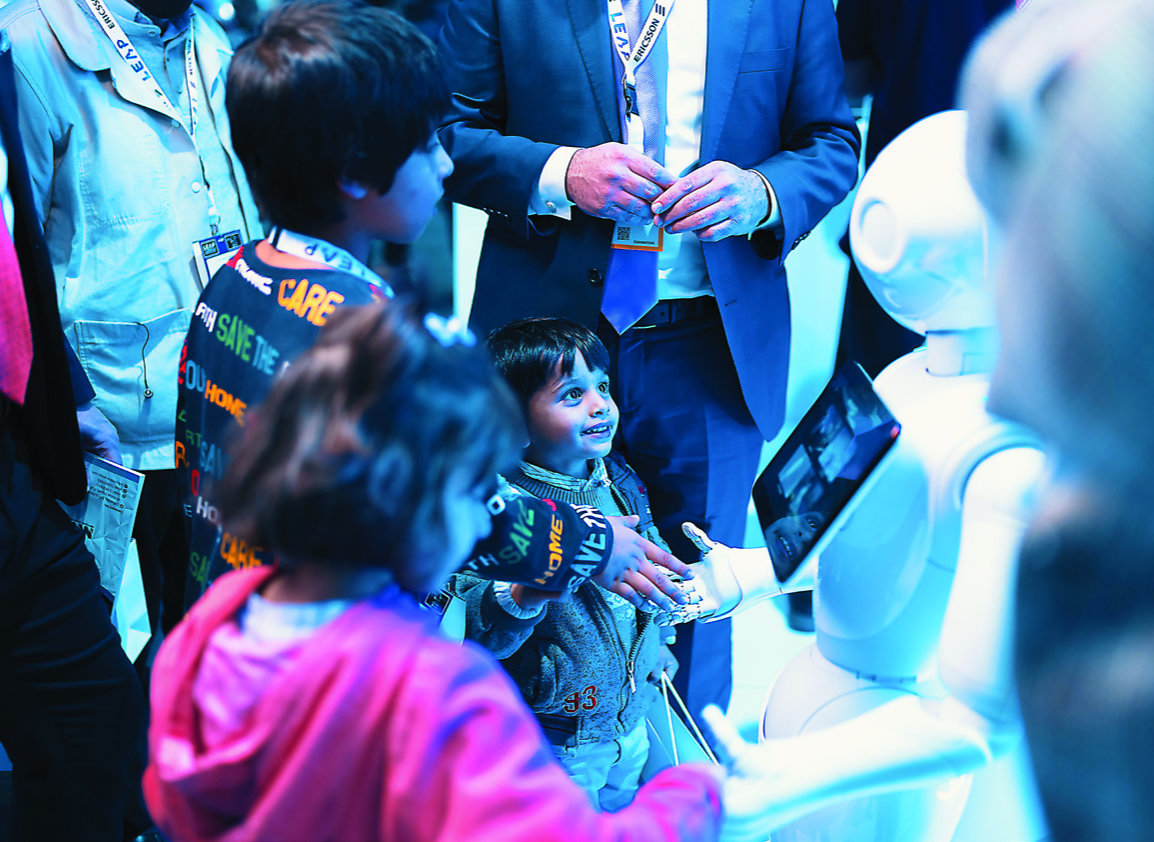
Investing in data literacy training for public sector employees ensures that data is being used effectively. (Supplied)
At last year’s LEAP conference, Saudi Minister of Communications and Information Technology Abdullah Al-Swaha announced that the country would be investing $6.4 billion in future technologies and entrepreneurship to further solidify the Kingdom’s position as the Middle East and North Africa region’s largest digital economy.
The growth of the Saudi tech industry, in line with the goals of Saudi Vision 2030, is a way for the Kingdom to diversify its economy away from oil and gas revenues.
According to a 2022 Economist Intelligence report, Saudi Arabia was the world’s fastest-growing major economy in 2022, “outperforming the dynamic Asian giants of China, India, Indonesia and South Korea, as well as the struggling G7 and other major emerging economies.”
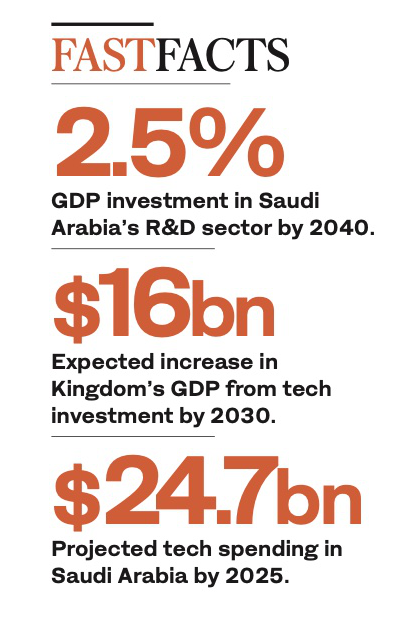 LEAP broke records last year when its inaugural conference became the world’s largest tech event ever held. This year looks to be just as big, if not bigger, than last, with top professionals in the tech industry traveling to Riyadh from across the world.
LEAP broke records last year when its inaugural conference became the world’s largest tech event ever held. This year looks to be just as big, if not bigger, than last, with top professionals in the tech industry traveling to Riyadh from across the world.
“Saudi Arabia’s recent investments in its digital economy, as well as its information and communications technology sector, helped consolidate its position as the leading information and communication technology market in the Middle East and North Africa,” Imad Abuizz, digital and technology platform leader at the business management consultant firm PwC Middle East, told Arab News.
Since the announcement of Saudi Vision 2030 seven years ago, the Kingdom has launched a series of initiatives that emphasize technology as a tool for social and economic reform.
Strategic agendas under Vision 2030 focus on regenerating the country’s digital infrastructure to boost economic growth, knowledge and enhance daily life. To this end, Saudi Arabia has committed to an annual investment of 2.5 percent of GDP in the sectors of development, research and innovation by 2040.
The Kingdom’s technological plans are supported by SDAIA, which was launched by royal decree in August 2019.
The same year, the Saudi government launched Absher, a smartphone application which enables citizens and residents of Saudi Arabia to access a variety of government services.
“Government spending demonstrates a big focus on digitalization,” Fadi Komati, a digital government consulting leader at PwC Middle East, told Arab News. “Why the sector is moving so quickly is because the majority of the population is young and eager to move forward and advance in cutting-edge technologies.
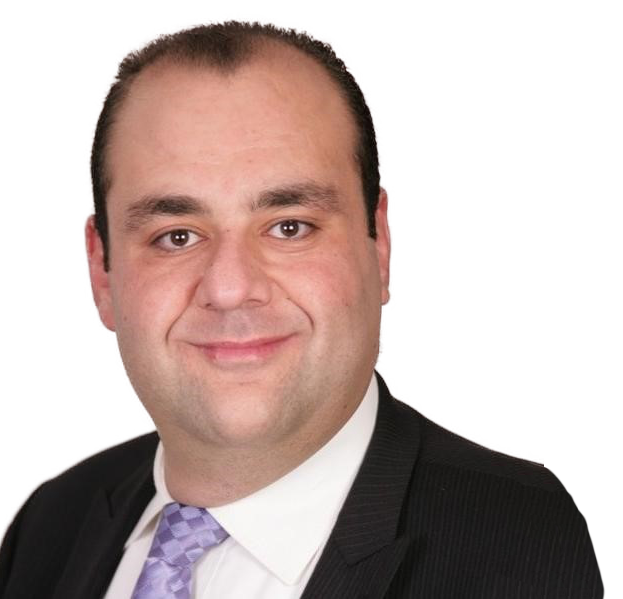
Fadi Komati
“The government’s digital transformation and continued investment in Information and Communication Technology (ICT) and innovation lay the groundwork for a lot of opportunities, both for the private and public sector.”
Komati underlines how government investment in tech is “encouraging the private sector to become more mature, thus also stimulating and incentivising international companies to visit and open in Saudi Arabia.”
“The increased progress in the private tech sector within Saudi Arabia is a result of government investment in the sector,” he said.
In the same vein, Saudi tech entrepreneur Hussein Attar, CEO at private investment firm Tech Invest Com, told Arab News: “In terms of Saudi Arabia, all the giga projects being launched, such as NEOM, have placed a strong focus on technological innovation. Every giga project has a funding side that is investing in tech. Saudi Aramco also has its own investment fund for technology.”
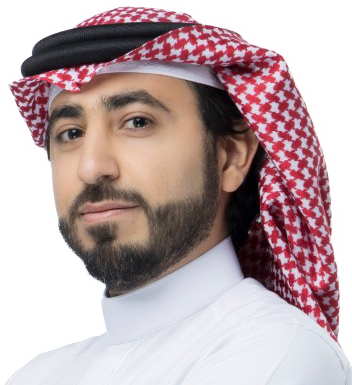
Hussein Attar
At last year’s LEAP conference, Saudi Aramco unveiled a billion dollars’ worth of investments in developing start-ups through entrepreneurship support fund Prosperity 7 Ventures. NEOM Tech & Digital Holding Co. stated it was investing $1 billion in future technologies and launching the new M3LD AI engine as well as the XVRS digital twin metaverse.
Technological investment in Saudi Arabia is also paramount to the country’s environmental goals. In October 2022, at the sixth edition of the Future Investment Initiative, Aramco unveiled a $1.5 billion sustainability fund, one of the world’s largest sustainability-focused venture capital funds.
Recent data demonstrates the rise of Saudi Arabia as a growing global center, both regionally and internationally, in both the private and public sectors. According to the 2022 Saudi Arabia Venture Capital Report produced by Magnitt, the Kingdom was one of the emerging markets that recorded year on year growth nearing the $1 billion mark.
Saudi Arabia’s tech evolution is a way for the country to connect with the wider region and the world. AI, which was a recent focus at this year’s World Economic Forum in Davos, Switzerland, is paramount to the Kingdom’s growth in the field of tech.

A scene from LEAP 2022. (File photo Supplied)
In September 2022, the Saudi Public Investment Fund’s Saudi Company for Artificial Intelligence announced an investment of $776 million in a joint venture with China’s SenseTime to develop the AI ecosystem in Saudi Arabia.
“The Kingdom’s advanced technological infrastructure, high-caliber developments in the field of AI, and high standards designed by government authorities encourage AI businesses to plug in and grow in a regionally leading market,” Dr. Turki Almugaiteeb, a Saudi expert in technological development and innovation, told Arab News.

Dr. Turki Almugaiteeb
Saudi Arabia has also signed a number of partnerships with global AI providers to find practical solutions to everyday problems, Komati said, adding: “AI is very high on the agenda in Saudi Arabia because it is considered a mechanism by which technology can provide much bigger benefits.”
Technological investment and the Kingdom’s numerous avenues being explored for technological growth and innovation are also about education and offering a better life for its citizens, residents, and all visitors to Saudi Arabia.
In the words of Almugaiteeb, the key ingredients in Saudi Arabia’s rise to tech giant status are “the great human resources being developed in the Kingdom, combined with educated young Saudis in the field, many of whom have gained experience abroad.”
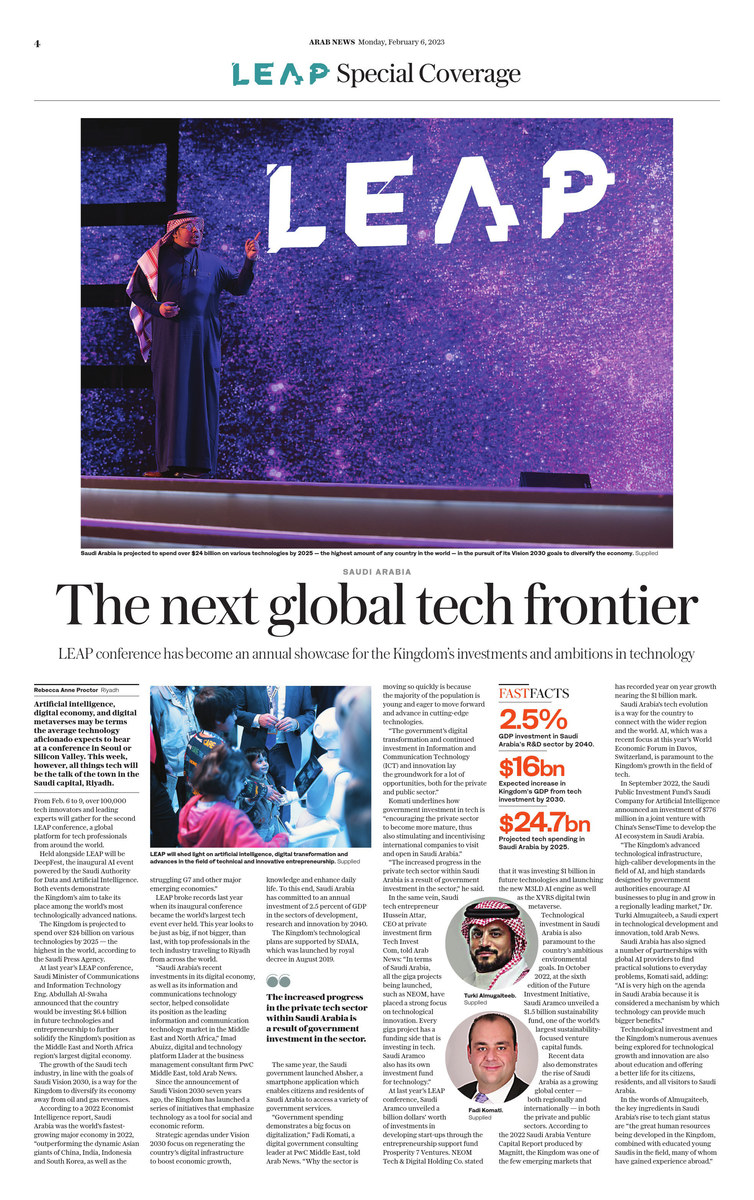
Caption































